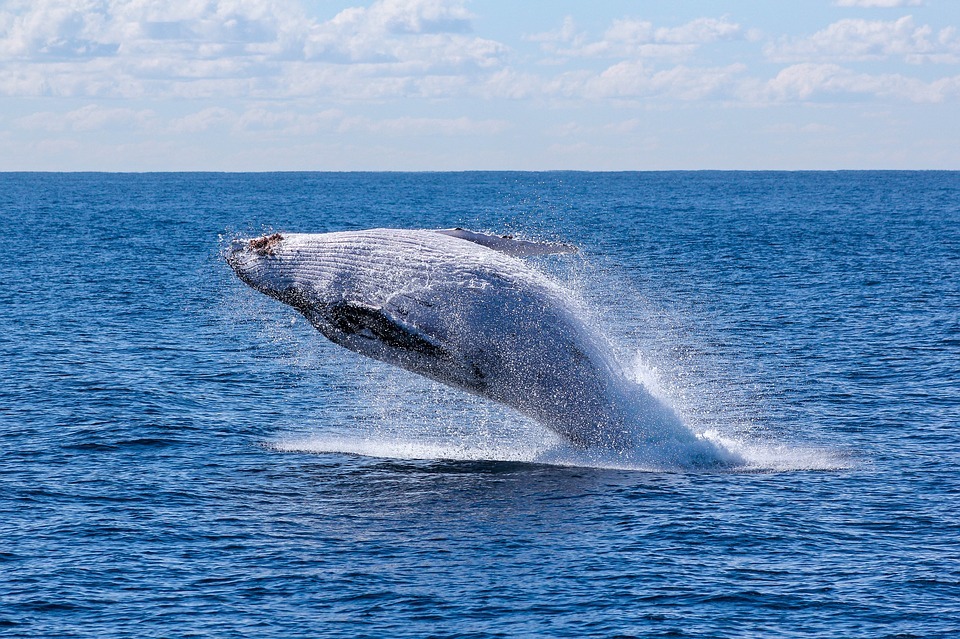Whales are at the top of the food chain of marine life. This means that in addition to the dangers of ingesting plastic or getting entangled in debris, these marine mammels are also at risk for bioaccumulative contamination. As you prepare to go whale watching San Diego, take this opportunity to learn more about ocean pollution.
Whales Consume Plastic Pollution
One of the main ocean pollution and marine life risks involves whales and other sea creatures eating plastic garbage. Approximately 5.25 trillion pieces of plastic are thought to be present in the ocean, ranging from large debris down to microplastics. According to the Marine Pollution Bulletin, studies show that over half of whales and dolphins ingest plastics.
Stranding incidents also indicate the extent to which whales are exposed to plastic pollution. In 2010, a gray whale that got stranded in West Seattle, Washington was found to have more than 20 plastic bags in its stomach. A sperm whale that became stranded in Indonesia in 2018 had ingested more than 13 pounds of plastic. The same year, a whale in Spain washed ashore containing 64 pounds of plastic trash.
Whales Get Entangled In Fishing Gear
Whales can also become entangled in ghost gear, a term that is used to describe fishing tackle lost at sea. Some recent studies of North Atlantic right whales that have gotten entangled in gear found that active gear was a more common cause of entanglement than derelict gear. Entanglement can pose problems for whales anywhere in the ocean.
Whether you watch whales in San Diego or off of any coastline, it is important to recognize all of the risks that current fishing practices can pose to marine life. In some cases, it is possible to save entangled whales. In late 2019, rescuers in Monterey Bay were able to free a young humpback whale that had become entangled in fishing gear. Experts recommend that fisherman switch to rope-less gear.
Whales Are Exposed To Bioaccumulative Contamination
Every whale in the ocean is at risk for cumulative exposure to contaminants from across the food chain. In addition to the threat of internal blockages posed by large debris, which can cause digestive issues when consumed, whales are exposed to all of the same toxins as their prey.
About 99% of plastic in oceans is suspended underwater or down on the seafloor. A 2017 study found that over half of the marine life in the Challenger Deep in the Mariana Trench, the deepest oceanic trench on the planet about 6.83 miles below the surface, have ingested some form of plastic. These contaminants and persistent organic pollutants can travel up the food chain and end up stored in whale blubber.
About eight metric tons of plastic enter the ocean every year. Every individual can help to reduce this amount by seeking out recyclable products, recycling waste and participating in initiatives to clean up shorelines. In 2019, the International Coastal Cleanup kept nearly 20 million pounds of trash from entering the ocean. Even small measures can have a big effect on reducing ocean pollution.

